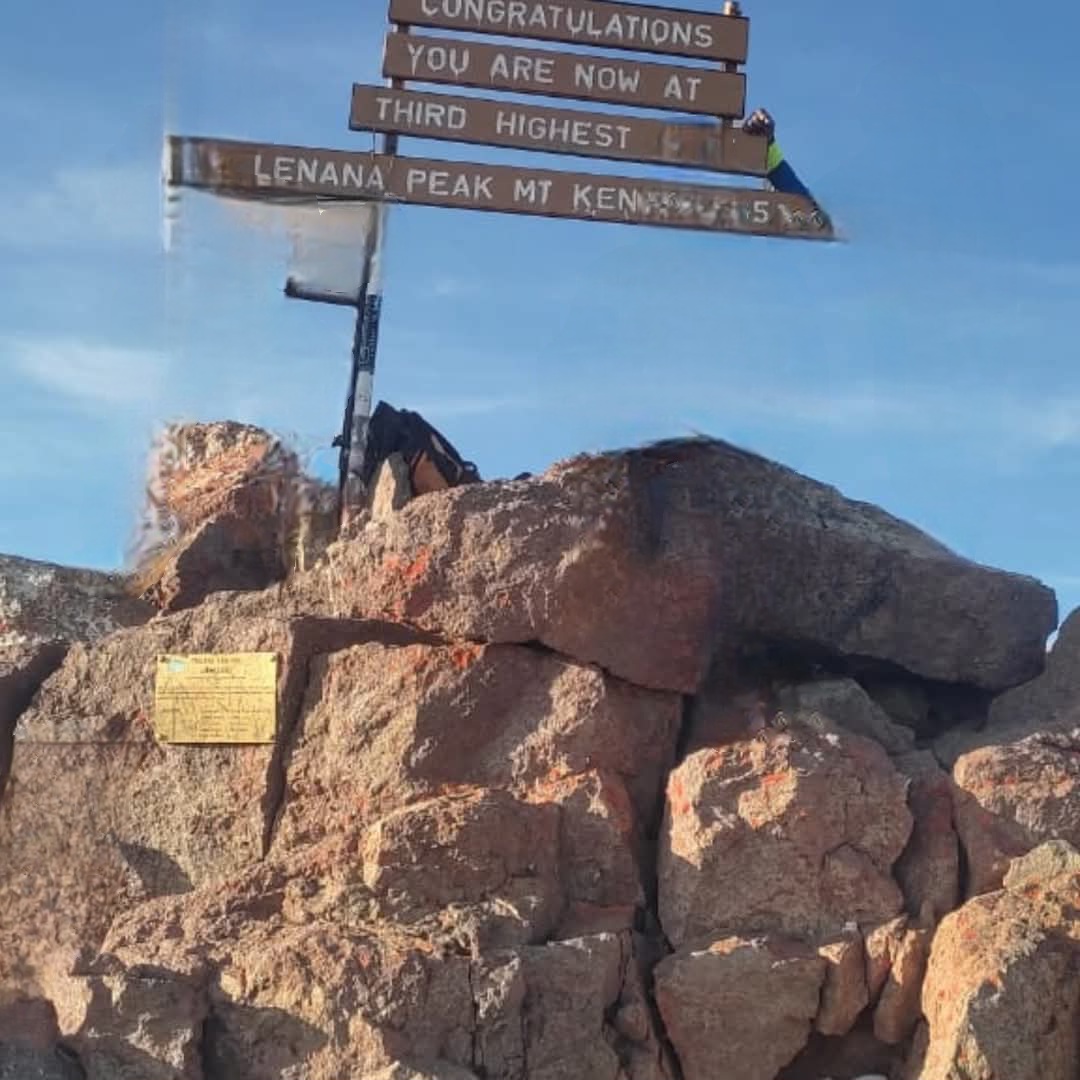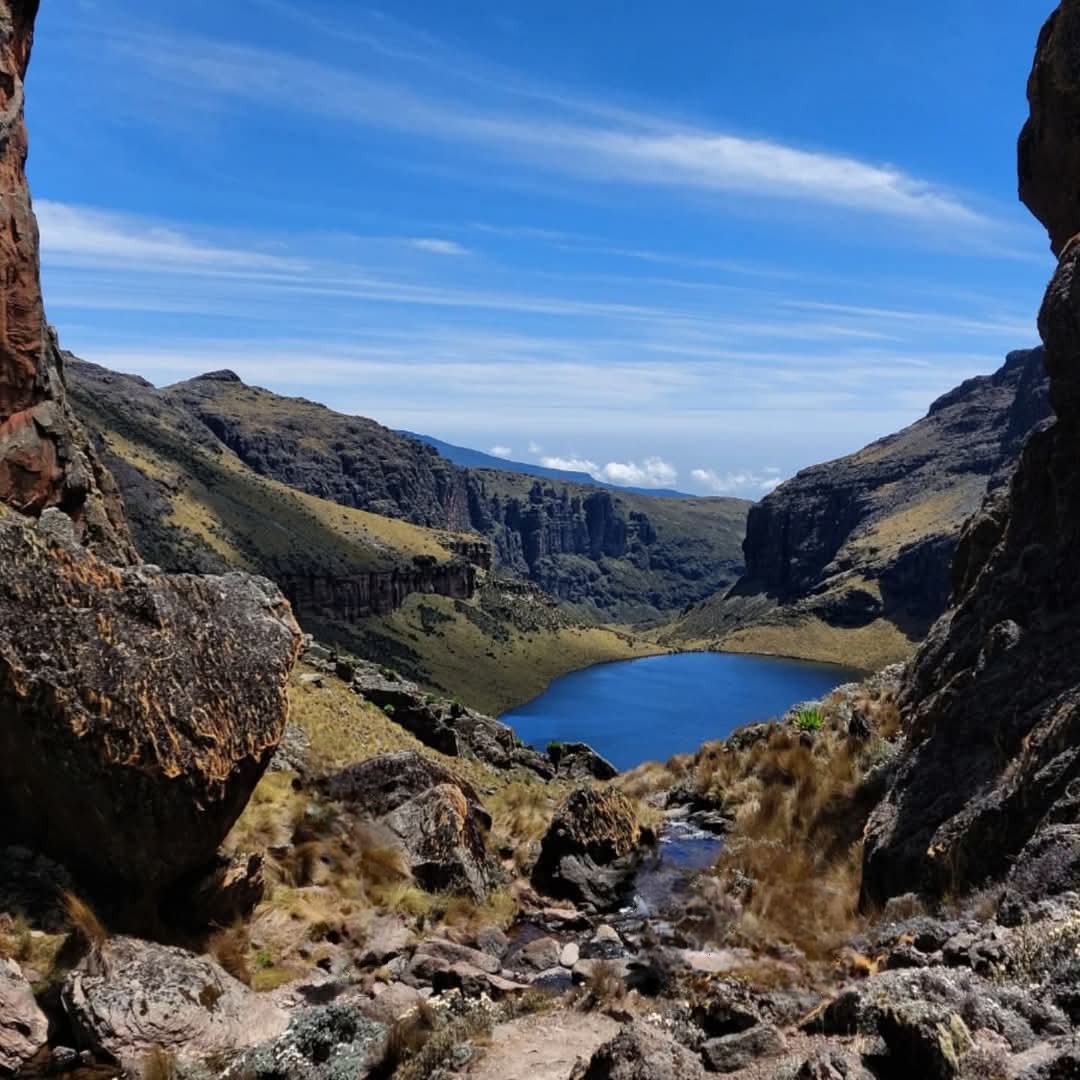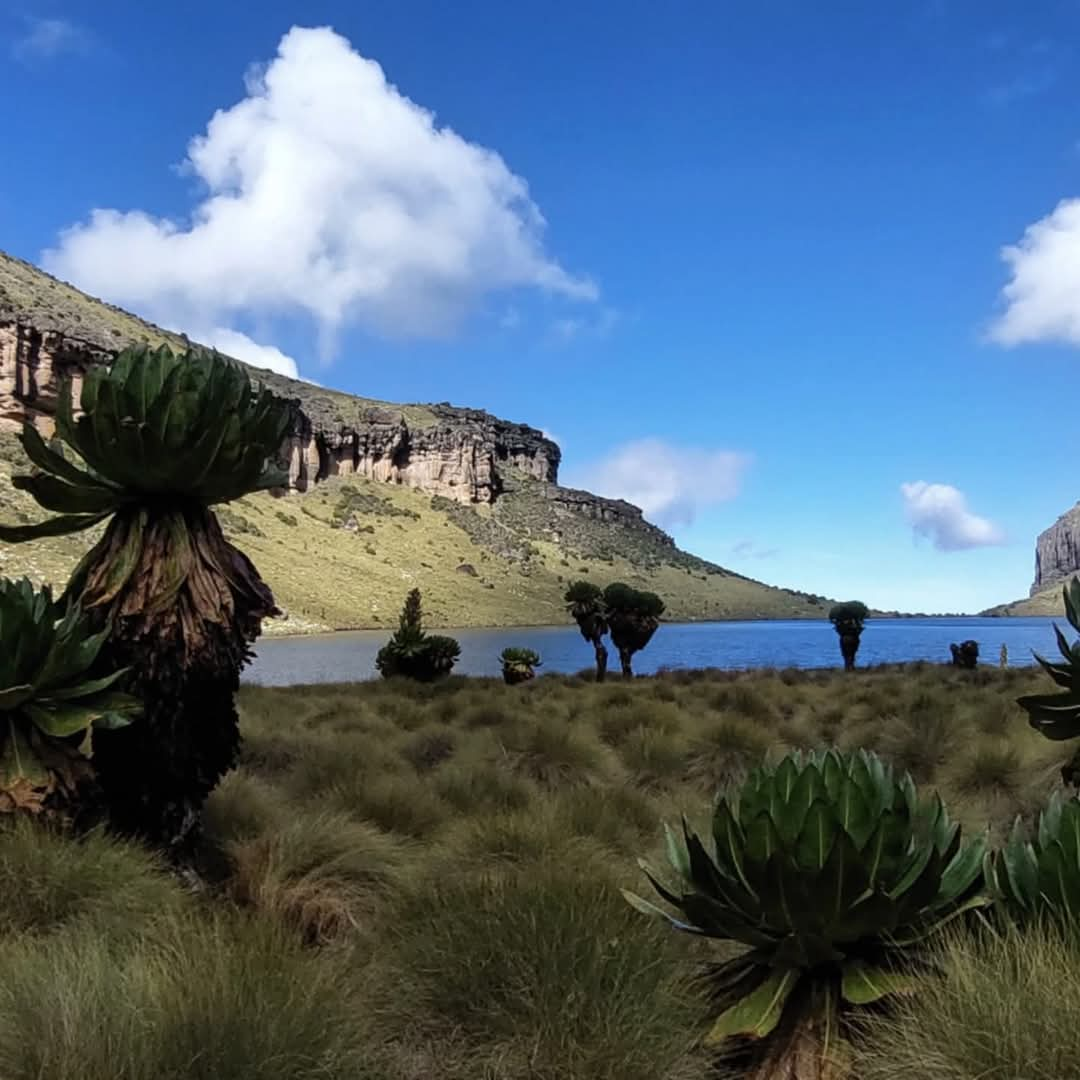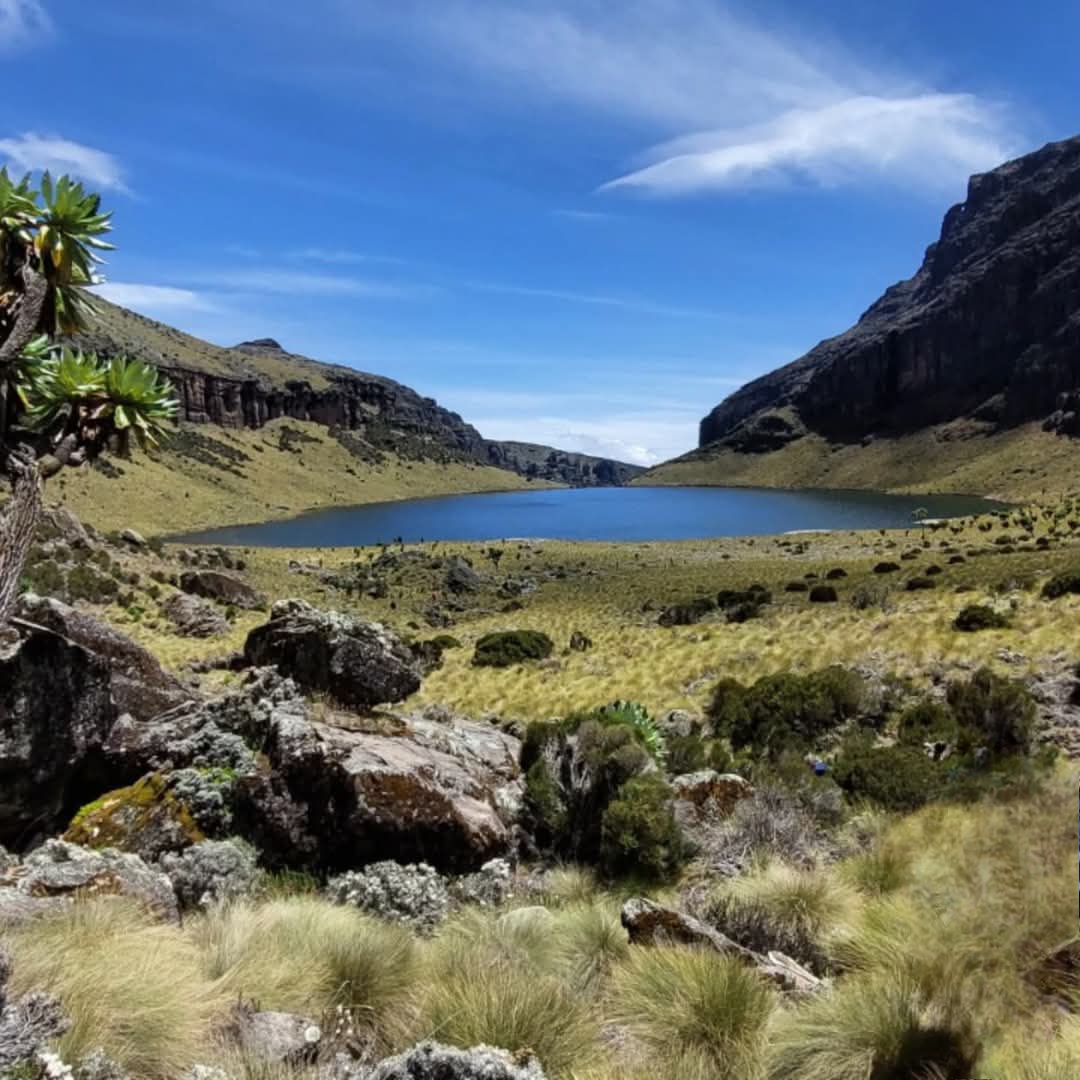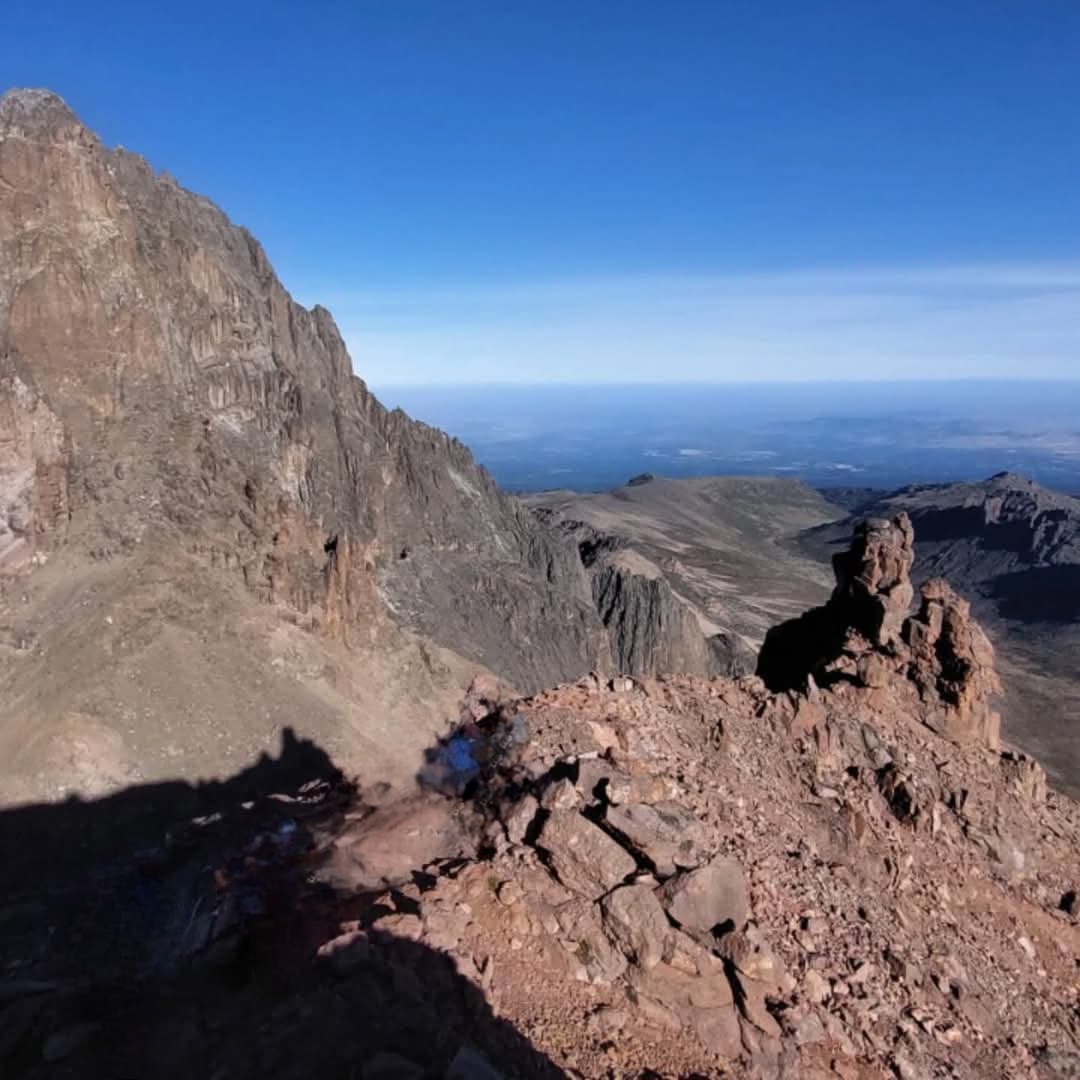The Rongai Route is one of the six main routes used for climbing Mount Kilimanjaro, the highest mountain in Africa, located in Tanzania. This route is known for being the easiest and least crowded among the popular routes, making it an ideal choice for those seeking a more peaceful ascent while still enjoying the stunning scenery of this iconic mountain.
Key Features of the Rongai Route:
-
Starting Point:
-
The Rongai Route typically starts from the northeast side of Mount Kilimanjaro, near the Kenya-Tanzania border.
-
The route begins at the Rongai Gate and proceeds through the Kilimanjaro National Park, offering climbers a different perspective of the mountain compared to other routes that start on the southern side.
-
-
Difficulty and Altitude Profile:
-
The Rongai Route is considered to be easier compared to other routes such as the Machame and Marangu routes, primarily because of its gradual ascent and lower risk of altitude sickness. However, it is still challenging and requires preparation, fitness, and proper acclimatization.
-
Since the route is not as steep, climbers can make a gradual ascent, which reduces the risk of altitude-related problems and provides a more comfortable trek.
-
Rongai Route can be completed in 6 to 7 days, depending on the itinerary, and the final summit, Uhuru Peak, sits at 5,895 meters (19,341 feet).
-
-
Scenic Beauty:
-
Rongai is a more remote route that allows climbers to experience wilder and more pristine landscapes compared to the more popular southern routes.
-
The route passes through a variety of habitats, from tropical rainforests at lower altitudes to moorland and alpine deserts higher up.
-
A distinctive feature of the Rongai Route is that it offers unique views of the Kenyan plains to the north, which are not seen from other routes. On clear days, the views can be spectacular.
-
-
Wildlife and Vegetation:
-
The Rongai Route provides a great opportunity to see a variety of wildlife in the lower forested zones, including monkeys, birds, and other animals typical of the montane forests of Kilimanjaro.
-
The forest gives way to moorland as climbers ascend, and above 4,000 meters (13,123 feet), the landscape becomes more barren, resembling the alpine desert.
-
The vegetation varies significantly along the route, and climbers will experience different zones, including lush rainforests, heather, and giant groundsels and lobelias as they climb higher.
-
-
The Itinerary:
-
The standard Rongai Route itinerary lasts 6 to 7 days, but it is also possible to extend the trek for more acclimatization time.
-
The route is generally considered less strenuous due to the gradual ascent, making it suitable for climbers who want to enjoy a slower pace or those who are more concerned about altitude sickness.
Here’s a typical 6-day itinerary for the Rongai Route:
Day 1: Rongai Gate to Simba Camp (1,800 meters / 5,905 feet)
-
This is a relatively short and easy day, involving a 4-5 hour trek through the rainforest, with an overnight stay at Simba Camp.
Day 2: Simba Camp to Second Cave (2,800 meters / 9,186 feet)
-
This day involves a 6-7 hour walk through increasingly open terrain, passing through moorland, with stunning views of the surrounding landscape.
Day 3: Second Cave to Kikelewa Camp (3,600 meters / 11,811 feet)
-
Another 5-6 hour trek, which takes you further into the alpine desert, passing along rocky paths and enjoying the expansive views of Kilimanjaro.
Day 4: Kikelewa Camp to Mawenzi Tarn (4,330 meters / 14,200 feet)
-
This is a shorter but steeper day of trekking, as you head up toward the Mawenzi Tarn Hut, situated near the Mawenzi Peak. This area offers stunning panoramic views.
Day 5: Mawenzi Tarn to Kibo Hut (4,700 meters / 15,420 feet)
-
On this day, the trek continues across the saddle between Mawenzi and Kibo, leading to Kibo Hut, where climbers rest and prepare for the summit.
Day 6: Summit Attempt (Kibo Hut to Uhuru Peak) and Descent to Horombo Hut (3,720 meters / 12,205 feet)
-
The final day begins with an early morning summit attempt. The trek from Kibo Hut to Uhuru Peak is challenging, with a long ascent through the night and into the early morning, reaching the summit around sunrise. After summiting, climbers descend to Horombo Hut for the night.
-
-
Acclimatization:
-
Acclimatization is crucial on the Rongai Route to avoid altitude sickness. Due to its gradual ascent, the route provides better chances for climbers to adjust to the thinning air at higher elevations.
-
Climbers can take advantage of the "climb high, sleep low" technique, where you ascend to higher altitudes during the day and descend to lower camps at night, helping your body acclimatize properly.
-
-
Crowds and Popularity:
-
The Rongai Route is known for being quieter and less crowded compared to the more popular Machame and Marangu routes. This means climbers can enjoy a more private and tranquil trekking experience.
-
Due to its easier accessibility, the Rongai route is also increasingly becoming more popular, but it still remains a great option for those seeking solitude on Kilimanjaro.
-
-
Best Time to Climb:
-
The best time to climb Kilimanjaro via the Rongai Route is during the dry seasons—from June to October and December to February. During these months, the weather is generally stable, and visibility is excellent.
-
Avoid the rainy season (from March to May), as the trail can become slippery and challenging.
-
-
Cost and Permits:
-
The cost of climbing Mount Kilimanjaro via the Rongai Route varies depending on the tour operator, duration of the climb, and the services provided. This typically includes the park permit, guides, porters, food, and camping fees.
-
It is important to ensure that the operator is licensed and adheres to the regulations set by the Kilimanjaro National Park authorities.
-
Key Highlights of the Rongai Route:
-
Less crowded and more remote than other routes.
-
Offers beautiful views, including views over the Kenyan plains.
-
The easiest route in terms of gradual ascent, reducing the likelihood of altitude sickness.
-
Rich wildlife and vegetation during the lower stages of the trek.
-
Suitable for all levels of climbers, especially those who want a slower, more peaceful ascent.
Would you like more details on preparing for the climb, gear recommendations, or booking a guide for the Rongai Route?





